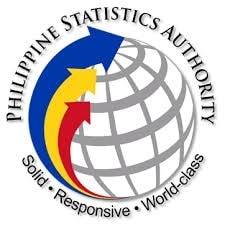The Family Income and Expenditure Survey (FIES) is another important survey conducted by the Philippine Statistics Authority (PSA) in the Philippines. It aims to collect data on the income, expenses, and other socio-economic characteristics of Filipino households. The FIES provides valuable insights into the economic well-being and consumption patterns of households across the country.
Here are some key points about the Family Income and Expenditure Survey:
- Data Collection: The FIES gathers data through face-to-face interviews conducted by trained enumerators. These interviews are typically conducted annually and cover a nationally representative sample of households in the Philippines.
- Scope: The survey covers various aspects of household income and expenditure. It collects information on income from various sources, including wages and salaries, self-employment, remittances, pensions, and other sources of income. Similarly, it collects data on household expenditures in different categories such as food, housing, transportation, education, health, and other expenses.
- Socio-economic Characteristics: The FIES also collects data on the demographic and socio-economic characteristics of households, such as household size, educational attainment, occupation, and ownership of assets. These characteristics help in understanding the socio-economic context of households and analyzing the distribution of income and expenditure across different population groups.
- Poverty Measurement: One of the significant uses of FIES data is to estimate poverty incidence and measure income inequality. By analyzing the income and expenditure data, the survey enables the calculation of poverty indicators, such as poverty headcount ratio, poverty threshold, and poverty gap. These indicators help policymakers monitor poverty levels, design poverty reduction strategies, and assess the impact of social programs.
- Household Consumption Patterns: The FIES data provides insights into the consumption patterns and expenditure behavior of Filipino households. It helps in understanding the spending priorities of households, identifying trends in consumption, and analyzing the impact of inflation on household budgets.
- Longitudinal Surveys: In addition to the annual FIES, the PSA also conducts Longitudinal Surveys (e.g., the Family Income and Expenditure Survey Longitudinal or FIES-L) which follow the same set of households over time. These longitudinal surveys enable the study of changes in income, expenditure, and socio-economic characteristics of households over longer periods.
The FIES data is widely used by government agencies, researchers, analysts, and policymakers to inform policy decisions, monitor economic trends, evaluate the effectiveness of social programs, and understand the living conditions of households in the Philippines.
IMAGE GALLERY

CONTACT US
For order FIES polo shirt uniform, do any of the following:
- Call or text me at 09460480491
- Message us on Facebook at https://www.facebook.com/rbprintsandadvertising

